Transparent, Opaque and Translucent Objects
Transparent, Opaque and Translucent Objects: Overview
This topic covers concepts, such as, Luminous Objects, Opaque Objects, Transparent Objects, Translucent Objects & Objects in Terms of Light etc.
Important Questions on Transparent, Opaque and Translucent Objects
Tick (ü) the luminous object and crossout (û) the non-luminous objects.
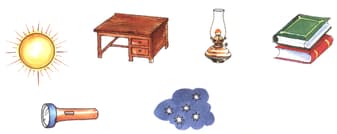
Complete the following web chart.
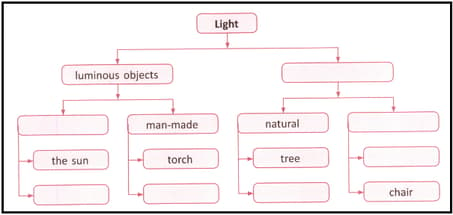
Plain paper is transparent whereas an oiled paper is _____ (opaque / translucent).
Name the object which allow the complete passage of light through them.
(Choose from the following: Transparent/ Opaque/ Translucent).
Glass is known to be a transparent material. But ground glass is opaque and white. Why?
If a white sheet of paper is stained with oil, it turns transparent. Why?
The sun is a _____ (luminous/ non-luminous) object.
Butter paper is an example of _____ objects.
You know that water is a transparent liquid. Can you make water opaque? How? Write down your suggestions.
Classify familiar substances into transparent and opaque substances.
Give one example of luminous object.
Give one example of a transparent object.
Give one example of a non-luminous object.
Identify the object and write L for luminous object and N for non-luminous object.
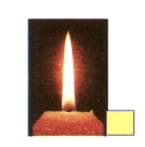
Identify the object and write L for luminous object and N for non-luminous object.
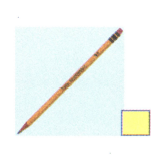
Identify the object and write L for the luminous object and N for the non-luminous object.
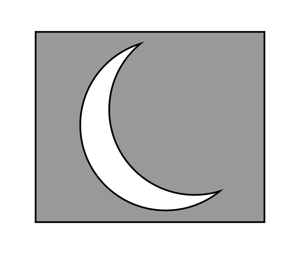
Identify the object and write L for luminous object and N for non-luminous object.

What name is given to the object:
Through which we can see but not clearly?
Write one word for the materials that allow all the light to pass through them. (Opaque/Transparent)
Write one word for the materials that allow some amount of light to pass through them.
